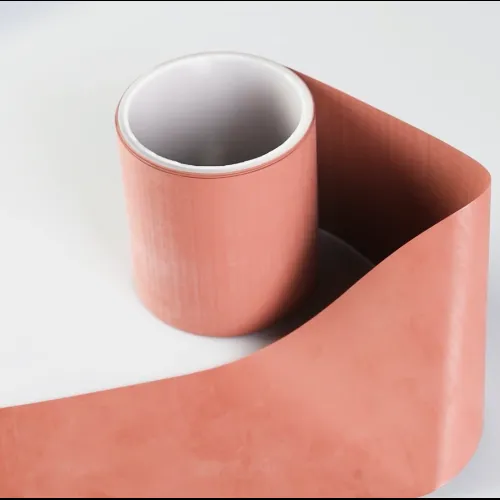Air is a poor conductor of heat. There is a gap between the contact interface between the heat sink and the heat source. The air in the gap will hinder the transfer of heat between the heat source and the heat sink, so thermal conductive gap fillers are used at this time. As a thermal conductive gap filler, it can reduce the contact heat between the heat source and the heat sink and improve the heat transfer efficiency.

Thermally conductive insulating sheet is a special thermally conductive gap filling material. The thermally conductive insulating material is a high-performance elastomer insulating material with a special film as the base material. It has excellent tear resistance and good thermal conductivity, as well as excellent insulating properties. It is widely used in electronic appliances and other industries. Thermally conductive insulating sheets generally have high breakdown voltage strength, and can avoid breakdown and leakage. Moreover, they are soft, tear-resistant, aging-resistant, highly thermally conductive and insulating, and are suitable for the above extreme environments.
In addition to the function of filling and thermal conductivity, the thermally conductive insulating sheet has a very high breakdown voltage to avoid breakdown and leakage, and ensure the normal operation of the equipment.

 English
English
 usheenthermal
usheenthermal



